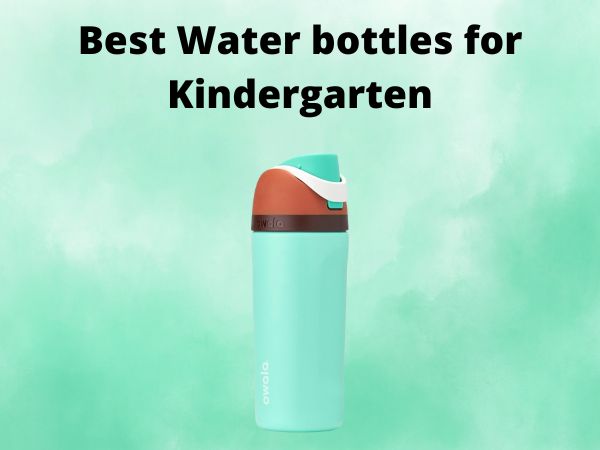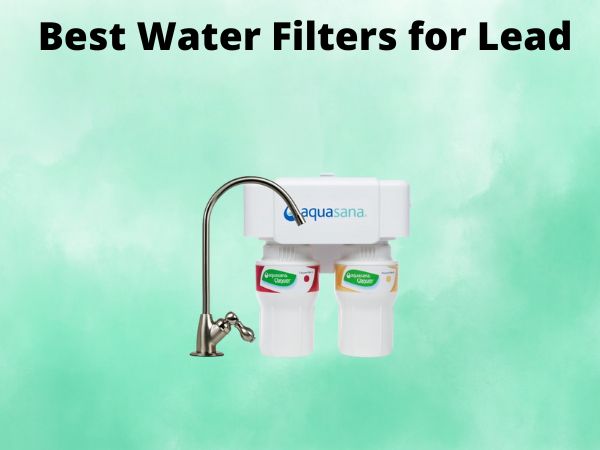AC Refrigerant R22 vs R410A: Which One Is Still Worth Using?
Table of Contents
Staying Cool: Navigating the Changing Landscape of AC Refrigerants
As the temperature outside starts to rise, many of us rely on our trusty air conditioning units to keep us comfortable and refreshed. But have you ever stopped to consider the complex world of AC refrigerants and how they impact our cooling systems? In this comprehensive guide, we’ll explore the age-old debate between R22 and R410A refrigerants, helping you make an informed decision for your home or business.
The Backstory: Understanding the Refrigerant Revolution
To fully appreciate the R22 vs. R410A conundrum, we need to take a step back and understand the evolution of refrigerant technology. For decades, R22 (also known as Freon) was the go-to refrigerant for air conditioning and refrigeration systems. However, as concerns about its environmental impact grew, the industry began a gradual shift towards more eco-friendly alternatives.
The Rise of R410A: A Greener Solution
Enter R410A, a refrigerant that was developed as a replacement for R22. Unlike its predecessor, R410A is a hydrofluorocarbon (HFC) that does not contain chlorine, making it a more environmentally friendly option. R410A boasts a lower global warming potential (GWP) and zero ozone depletion potential (ODP), making it a more sustainable choice for the long term.
The Phaseout of R22: A Necessary Transition
As the world became increasingly aware of the environmental implications of R22, a global effort to phase out its production and use began. This phaseout, led by the Montreal Protocol, has been a gradual process, with the ultimate goal of completely eliminating R22 by the year 2020 in developed countries and 2030 in developing countries.
The Pros and Cons: Weighing the Options
Now that we’ve set the stage, let’s dive into the nitty-gritty details of R22 and R410A refrigerants. Understanding the advantages and disadvantages of each will help you make an informed decision for your air conditioning system.
R22: The Tried and True
R22 has been the industry standard for decades, and it’s no surprise that many homeowners and HVAC technicians are familiar with its use. Some of the key benefits of R22 include:
- Proven track record of reliable performance
- Widespread availability and familiarity among HVAC professionals
- Generally lower cost compared to R410A
However, the downsides of R22 are increasingly difficult to ignore:
- Harmful to the environment due to its high ODP and GWP
- Phaseout and eventual ban in many countries, leading to reduced supply and higher prices
- Potential compatibility issues with newer HVAC equipment designed for R410A
R410A: The Eco-Friendly Alternative
As the world moves towards more sustainable practices, R410A has emerged as a popular replacement for R22. Here’s a closer look at the benefits and drawbacks of this refrigerant:
- Environmentally friendly with zero ODP and lower GWP
- Designed to be compatible with newer HVAC systems
- Improved efficiency and cooling performance compared to R22
On the downside, R410A does have a few potential drawbacks:
- Generally more expensive than R22
- Requires specialized equipment and training for handling and installation
- Potential compatibility issues with older HVAC systems not designed for R410A
The Bottom Line: Making the Right Choice
As you can see, both R22 and R410A refrigerants have their own unique advantages and disadvantages. So, which one is still worth using? The answer ultimately depends on your specific situation and needs.
If you have an older HVAC system that uses R22, you may be able to continue using it for the time being, as long as you can still source the refrigerant. However, keep in mind that the availability and cost of R22 will continue to increase as the phaseout progresses. Investing in a newer, R410A-compatible system may be a wise long-term solution.
For new HVAC installations or system replacements, R410A is generally the recommended choice. Its environmental benefits, improved performance, and compatibility with modern equipment make it the more future-proof option. While the initial cost may be higher, the long-term savings and peace of mind are often worth it.
Conclusion
Navigating the changing landscape of AC refrigerants can be a complex and sometimes overwhelming task. But by understanding the pros and cons of R22 and R410A, you can make an informed decision that aligns with your needs, budget, and environmental concerns.
Remember, the choice between these two refrigerants is not a one-size-fits-all solution. Consult with a trusted HVAC professional to assess your specific situation and ensure you make the best decision for your home or business. Stay cool, and stay informed!
FAQs
Can I still use R22 in my air conditioner?
While you can still use R22 in existing HVAC systems, the availability and cost of the refrigerant will continue to increase as the phaseout progresses. It’s generally recommended to consider upgrading to an R410A-compatible system for long-term sustainability and efficiency.
Is R410A more expensive than R22?
Yes, R410A is typically more expensive than R22, both in terms of the refrigerant itself and the specialized equipment required for its handling and installation. However, the long-term savings in energy efficiency and environmental impact often make R410A the more cost-effective choice in the long run.
Can I simply replace R22 with R410A in my existing air conditioner?
No, you cannot simply replace R22 with R410A in an existing HVAC system. R410A requires different components and operating pressures, and attempting to use it in a system designed for R22 can cause serious damage. If you want to switch to R410A, you’ll need to replace the entire air conditioning unit with one specifically designed for the new refrigerant.
What are the environmental benefits of R410A?
R410A is a more environmentally friendly refrigerant compared to R22. It has a lower global warming potential (GWP) and zero ozone depletion potential (ODP), making it a more sustainable choice for the long term. This aligns with global efforts to reduce the environmental impact of HVAC systems and combat climate change.
How can I find a qualified HVAC technician to work on my R410A system?
When dealing with R410A refrigerant, it’s essential to work with HVAC professionals who have the proper training and equipment. Look for technicians who are certified to handle R410A, as they will have the necessary knowledge and tools to ensure the safe and effective installation and maintenance of your R410A-compatible air conditioning system.




